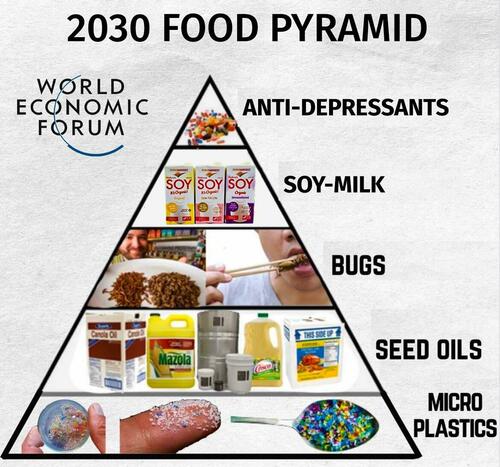Tastes like chicken
Snakes have long been prized in Asia, where they are used in traditional medicines, as well as in dishes such as Hong Kong’s famed snake soup. In recent years, snake farms have sprung up across Southeast Asia and China, catering to growing demand for snake meat and skins, used in luxury leather goods.
During his research, Natusch ate snake barbecued, sauteed on skewers, in curries and as jerky. He described the taste as similar to chicken, but a little more gamy. Because snakes don’t have limbs, very little is wasted in butchering, he said. And it is remarkably easy to fillet: “You just bring your knife along that backstrap and you get a four-meter-long piece of meat.”
Even so, Natusch acknowledges that snakes are unlikely to form a big part of Western diets any time soon. In his native Australia, he said, “the only good snake is a dead snake. People are pretty afraid of them.” (Pythons are nonvenomous and generally slow-moving, but they do have large teeth and may bite if provoked. They have been known to eat small pets including cats and dogs.)
In the United States, Burmese pythons are considered an invasive species, having proliferated in Florida’s Everglades, where they are hunted to cull the population. In a study last year, the U.S. Geological Survey described Florida’s python problem as “one of the most challenging invasive species management issues worldwide.”
Because store-bought meat is relatively inexpensive and easier to come by than catching these slippery creatures, Natusch doesn’t envision a future in which snake farming becomes a fix to America’s python woes. But he does see the snakes as a potential climate solution for farmers in places like Africa, where food insecurity is a growing problem as climate disasters outpace any innovation in farming techniques.

